OV480
OV480 Hardware Application Guide
Revision 1.2c
Last Modified August 2, 2013
1 Introduction
This document will cover various details on the
system hardware application aspect of OV480.
OV480 is a companion ASIC to OV7955 and
OV10635 automotive sensors. Its primary
function is wide-angle fisheye distortion and
perspective correction.
The following parts are needed to put together a
minimal functioning OV480 system:
2 Power
Figure 1. Power Connections
2.1 Rails
OV480 requires 2 power rails: 3.3V I/O and 1.2V
core voltage. A 1.2V linear regulator is available
on-chip to provide the core power.
VRIAC and VRIB pins supplies power to internal
regulator, brownout module, and PLLs. Even if
the internal regulator is not used, power should
still be connected to these pins.
2.2 Noise
PLLVDD and DACVDD supply analog circuitry.
PLLVDD can be shared with CVDD, and
• OV7955 or OV10635 sensor
• OV480 companion ASIC
• SPI Serial flash
• 3.3V supply
I2C EEPROM is optional for storing run-time
information.
DACVDD can share power with PVDD.
However if the rails are noisy, additional filtering
and/or decoupling may be needed for better
performance.
2.3 Power Dissipation
When using internal linear regulator, pay
attention to power dissipation and thermal
resistance figures.
θJA
Typ Max Unit
50.5
Description
°C/W Thermal resistance
Junction-to-air 0m/s
1.2V core consumption
3.3V I/O consumption
Junction temperature
Ambient temperature
128 mA
34.8 mA
125
°C
°C
105
ICVDD
IPVDD
TJunc
TAmb
The thermal resistance value is for a 4-layer
25x50x1.6mm (1x2in) FR4 PCB.
If using internal linear regulator, you must also
include the power dissipated across the
regulator. If the maximum junction temperature
will be exceeded based on your operating
condition, external switching regulator is
recommended.
1
OmniVision Confidential
�
3 I/O pins
The following I/O pins are tri-stated by default when unused:
GPIO[6:0]
DVP output pins
These can be left floating when unused.
4 Part Selection
4.1 Crystal
Crystal should be 50ppm with 18pF load capacitance. The evaluation board may operate from two
possible crystal frequencies.
Frequency
27.000MHz
24.545454MHz Fox Electronics 507-24.545454-1 Recommended for NTSC TV output
Manufacturer’s part #
Abracon ABM8-27.000MHz
Notes
ܫ௨௧ = ܦ ×
ESRmin
0.5Ω
0.3Ω
0.1Ω
0.05Ω
For NTSC TV output, we recommend using 24.545454MHz square-pixel frequency.
4.2 Capacitors
Decoupling capacitors should be ceramic-type.
The evaluation board uses 100µF, 22µF, and a
few 0.1µF for both 1.2V and 3.3V rails.
For smaller capacitor values here is the
guideline.
Cap
0.47µF
1.0µF
2.2µF
4.7µF
4.3 Resistors
4.3.1 DAC
Based on measured DAC output, simulation
data, the bandgap register 0x7FEE should be
set to 0x08, resulting in Vref =1.18V. With this
Vref, the TV encoder requires a 1542Ω trimming
resistor on CVBSREF pin (A6) to drive accurate
levels onto a 75Ω load. We recommend a 1%
1.54KΩ resistor for this. When using 1.54KΩ,
the following are the expected levels:
10-bit
DAC
16
240
800
(V)
0.020
0.306
1.022
Current (mA) Voltage
0.27
4.08
13.60
-40
0
100
R2
R3
45K
25K 5K
3.00
40K
25K 5K
2.80
R1
Vthre
42.5K 25K 5K
2.90
IRE
For double-terminated applications with 75Ω on
both ends of the cable, a 768Ω resistor is
needed.
The equation for DAC output is:
ܸ
ܴ௧ × ܭ
Where Vref = 1.18V and K = 45 (measured).
Din is the input to the DAC, 0~1023, and Rtrim is
the external current setting resistor.
The DAC has a maximum sustained current
output of 40mA. This means the minimum Rtrim
is ~560Ω. Maximum practical Rtrim is 10KΩ
before the curve starts losing linearity.
4.3.2 Brown-out
The brown-out detection circuit requires 3
resistors with 1% accuracy to set the high and
low threshold levels. Three pre-calculated
combinations are provided in the following table:
When the main 3.3V rail is < Vthre, the brown-
out circuit will kick in to reset the chip, and won’t
release until the power is > Vrel.
Vrel
Vhyst
3.16
0.16
3.05
0.15
2.95
0.15
1023
140
17.30
1.306
2
OmniVision Confidential
�
When not using brownout circuit, BON_PDI
should be pulled up. VMON and VMONLO can
float, but better to be grounded.
4.4 Reset
An RC reset circuit is sufficient to properly
power-on reset the chip. For reliable operation,
RESETN should be asserted > 100us after
power-stable. By this time the oscillator should
be up and running. A good rule of thumb is to
use RC time constant of 1~10ms.
4.5 Flash
The requirement for SPI serial flash is:
1) >= 10MHz operation
2) 3-byte (24-bit) addressing.
3) Standard SPI flash read command 0x03
@ 10MHz
This covers flash sizes ranging from 512kbit to
128mbit. Flash that can run faster > 50MHz and
supports fast read command 0x0B is preferable.
5 In-system programming
It may be necessary to program the SPI flash after mounting on the PCB. OV480 supports in-system-
programming of SPI flash by tri-stating its SPI bus. This can be done either of two ways:
1) First is to pull the TP pin high while holding TMODE low. The TP pin is normally pulled low with
a 10KΩ resistor.
2) Second is to disable SPI master output enable by programming a register through I2C interface.
Register 0x0305 bit0 is the tri-state control. When the bit is high, SPI bus is tri-stated.
The diagram below shows recommended connection between OV480, SPI flash, and in-system
programmer. The series resistors are there to help prevent damage and other problems caused by signal
contention. A weak pull-up on flash SSn and a weak pull-down on SCLK is recommended if there’s a
chance of prolonged tri-state condition on these lines while the flash is powered. This will prevent
accidental toggling, although in practice we rarely see any detrimental effects if the resistors are left out.
Figure 2.
ISP with SPI flash
Ω
K
0
1
Ω
K
0
1
Ω
K
0
1
p
r
o
g
r
a
m
m
e
r
I
n
-
s
y
s
t
e
m
3
OmniVision Confidential
�
6 Layout
A 4-layer PCB with full ground plane is the minimum recommended stacking scheme. It is beneficial both
for layout and heat dissipation. Unless absolutely necessary to solve power noise problems, ground layer
should be a single contiguous plane. Plane carving should be on the power layer only. Pay particular
attention to high-speed signals crossing planes. If ground plane is carved, high-speed signals should
NEVER cross the ground planes.
4
OmniVision Confidential
�
7 Schematics
1
L1 100U
2
J1
VPOOL
LV = 4.0 to 6.0V
VDD
2
1
2
1
2
1
2
D1
C1
0.1U
1
2
1
1
2
Main Power Switch
PMOSFET
3
2
C2
0.1U
1
Q1
2
1
3
2
C4
470P1
3
1
2
R6
10K
1
+
2
1
C7
100U
2
2
10K
S1
2
1
1
U45
1
2
4
R9
C10
1.0U
1
3
2
1
2
3
4
7SZ74
CLK
D
Q
GND
VCC
PRE
RST
Q
8
7
6
5
U5
Power On/Off Control
2
1
1
2
R8
470K
C9
0.1U
SVDD
VDD
21 3 4
8 7 6 5
C14
0.1U
1
+
2
2
C15
100U
1
C13
22U
21 3 4
8 7 6 5
C16
0.1U
C12
22U
2
1
D33V
1
2
1
VOUT = 2.35V x 2.5 x RDIVIDER
R1
100K
VDD
R3
127K
1
2
3
4
LMZ10500
EN
VREF
VCON
VIN
FB
PGND
SGND
VOUT
8
7
6
5
2
2
2
1
Vout = 3.3~4.3V
U1
1
2
1
VDD
R2
100K
VDD
SWSV
2
C3
470P1
R4
25.5K
2
2
1
VOUT = 2.35V x 2.5 x RDIVIDER
1
2
3
4
LMZ10500
EN
VREF
VCON
VIN
FB
PGND
SGND
VOUT
8
7
6
5
U2
150K
R5
C5 22U
May not achieve > 3.6V, have to test
C6 22U
SW33V
2
R20
0
1
D33V
Power selectors
and measurement
points
SW12V
SWSV
1
SVDD
2
D12V
2
JUMPPAD
T25
3
VDD
2
C8
470P1
JUMPPAD
T26
1
3
LDO12V
1
2
1
2
VOUT = 2.35V x 2.5 x RDIVIDER
R7
100K
VDD
R10
127K
2
1
C11 22U
1
2
3
4
LMZ10500
EN
VREF
VCON
VIN
FB
PGND
SGND
VOUT
8
7
6
5
U3
VDD
SW12V
VDD
SW33V
T1
MTNG HOLE
T2
MTNG HOLE
1
1
Standard opening dia
for M3 screws (0.125")
VDD
SWSV
D33V
2
R11
2
R12
2
R13
1
1.5K
1
2
2
820
820
1
2
1
D2
1
D3
1
D4
Green
Orange
Orange
VDD
SWSV
SW33V
SW12V
LDO12V
1
1
1
1
1
P1
P1
P1
P1
P1
T3
T5
T8
T10
T22
T4
T6
T9
T11
T21
P1
P1
P1
P1
P1
1
1
1
1
1
1
+
2
2
C17
100U
1
C18
22U
21 3 4
21 3 4
1
1
C21
0.1U
1
C22
0.1U
1
C23
0.1U
C24
0.1U
8 7 6 5
C19
0.1U
8 7 6 5
2
C20
0.1U
2
2
2
D12V
1
+
2
2
C26
100U
1
C25
22U
21 3 4
8 7 6 5
C27
0.1U
1
1
C29
0.1U
1
C30
0.1U
1
C31
0.1U
C32
0.1U
2
2
2
2
Title
Size
H_D[9:0]
H_HREF
H_VSY NC
H_PCLK
H_SDA
H_SCL
H_XCLK
SP_MOSI
SP_MISO
SP_SCK
SP_CS#
RESET#
RSTBTN
S_D[9:0]
S_HREF
S_VSYNC
S_PCLK
S_SDA
S_SCL
S_XCLK
GPIO[7:0]
E_SCL
E_SCL
CVP
POWER
Custom
Document Number
Rev
B
Date:
Monday , July 09, 2012
Sheet
2
of
4
5
OmniVision Confidential
�
TMODE
RESET#
XO
XI
1542 for 75 ohm
771 for 37.5 ohm
2
R14
1542
1
CVP
1
CVNCVN
CVNCVN
1
P1
T13
TESTPAD
2
R16 75
D33V
D12V
U6B
DACVDD
PLLVDD
PVDD1
PVDD2
PVDD3
PVDD4
PVDD5
CVDD4
CVDD3
CVDD2
CVDD1
B7
B4
F5
G6
F4
C7
H6
D5
D6
G4
F6
PVSS1
PVSS2
PVSS3
PVSS4
CVSS4
CVSS3
CVSS2
CVSS1
DACVSS
VRGND2
VRGND1
PLLVSS
A1
J1
A9
J9
E4
E6
G5
E5
B8
C2
C1
B3
D33V
1
2
1
VMON
VMONLO
2
1
2
R15
45K
R17
25K
R18
5K
R1A shoud use
16K, 10K, 2K
R1B should use
45K, 25K, 5K
Power Good
T23
TESTPAD P1
1
BON
2
R19
1
2
820
1
D5
H_HREF
H_VSY NC
H_BLANK
H_PCLK
1
P1
T14
TESTPAD
XO
2
R50
1M
1
XI
Y 1
1
4
2
27MHz
3
2
C44
18P 1
2
C43
18P
1
H_D[9:0]
H_HREF
H_VSYNC
H_PCLK
H_SDA
H_SCL
H_XCLK
SP_MOSI
SP_MISO
SP_SCK
SP_CS#
RESET#
RSTBTN
S_D[9:0]
S_HREF
S_VSY NC
S_PCLK
S_SDA
S_SCL
S_XCLK
GPIO[7:0]
E_SCL
E_SDA
CVP
Title
Size
A
OV480
Document Number
OV480
Date:
Monday , June 03, 2013
Sheet
3
of
4
Rev
B
C33
1.0U
1
2
LDO12V
D33V
S_SDA
S_SCL
E_SDA
E_SCL
H_SDA
H_SCL
SP_MOSI
SP_MISO
SP_SCK
SP_CS#
S_D2
S_D3
S_D4
S_D5
S_D6
S_D7
S_D8
S_D9
LDO
U6A
B2
B1
A4
A3
A2
VROE
VROCD
VROAB
VRIB
VRIAC
SCCB
E3
F3 SM0_SDA
SM0_SCL
E9
SM1_SDA
F8
SM1_SCL
B5
SS_SDA
C6
SS_SCL
D7
C9
B9
C8
J2
J3
J4
H4
H2
H3
G3
G1
MOSI
MISO
SCK
SSN
SPI
DI0
DI1
DI2
DI3
DI4
DI5
DI6
DI7
SNR_IN
S_HREF
S_VSY NC
S_PCLK
S_XCLK
F2
G2 HREFI
F1
E1
VSY NCI
PLCKI
CCLK
TMODE
RESETN
XO
XI
SYS
TV OUT
CVBSREF
CVBS
CVBSN
BON
VMON
VMONLO
TP
BON_PDI
GPIO0
GPIO1
GPIO2
GPIO3
GPIO4
GPIO5
GPIO6
GPIO
DO0
DO1
DO2
DO3
DO4
DO5
DO6
DO7
T
U
O
_
P
V
D
HREFO
VSY NCO
BLANKO
PCLKO
J8
H1
D1
D2
A6
A7
A8
C4
A5
C3
G7
E2
E8
D8
D9
E7
C5
D4
D3
J7
J6
J5
H5
H8
H7
G8
H9
F7
F9
B6
G9
BON
VMON
VMONLO
TP
BON_PDI
GPIO0
GPIO1
GPIO2
GPIO3
GPIO4
GPIO5
GPIO6
H_D2
H_D3
H_D4
H_D5
H_D6
H_D7
H_D8
H_D9
TP = ISP when TMODE = LO
D33V
2
1
3
4
TMODE
TP
1
2
4
3
2
1
3
4
R47
10K
S18
R38
1K
D33V
1
3
JUMPPAD
T24
BON_PDI
2
Pull up to
disable brownout
circuit
6
OmniVision Confidential
�
TESTPAD
T15
1
P
1
S_D2
S_D4
S_D6
S_D8
S_PWDN
S_SDA
S_SCL
S_XCLK
2
R23
2
R25
2
R27
33 1
1
33
1
33
D33V
2 1
3 4
ECO
R48
2.7K
H_D2
H_D4
H_D6
H_D8
H_SDA
H_SCL
2
R29
2
R31
33 1
1
33
S_D3
S_D5
S_D7
S_D9
SVDD
H_D3
H_D5
H_D7
H_D9
1
3
5
7
9
11
13
15
17
19
21
23
25
27
29
31
1
3
5
7
9
11
13
15
17
19
21
23
25
27
29
31
J5
1
3
5
7
9
11
13
15
17
19
21
23
25
27
29
31
J8
1
3
5
7
9
11
13
15
17
19
21
23
25
27
29
31
2
4
6
8
10
12
14
16
18
20
22
24
26
28
30
32
2
4
6
8
10
12
14
16
18
20
22
24
26
28
30
32
2
4
6
8
10
12
14
16
18
20
22
24
26
28
30
32
2
4
6
8
10
12
14
16
18
20
22
24
26
28
30
32
D33V
1
2
R37
10K
D33V
M_CS#
M_MISO
1
2
3
4
M25P16
CS
SO
WP
GND
VCC
HOLD
SCK
SI
8
7
6
5
U9
D33V
M_SCK
M_MOSI
I2C inter-bus connections
Only 1 set of I2C pullups exist and is done
as ECO for A_SDA/A_SCL
If R43 or R44 are removed, the disconnected
I2C busses will need their own pull-ups
H_SDA
H_SCL
2
1
3
4
A_SDA
A_SCL
3
4
2
1
S_SDA
S_SCL
1
2
R40
10K
2
R30
2
R32
2
R34
33
33
33
1
1
1
H_HREF
H_VSYNC
H_PCLK
D33V
21
34
R35
2.7K
E_SCL
E_SDA
D33V
1
2
3
4
.24LC128
A0
A1
A2
GND
VCC
WP
SCL
SDA
8
7
6
5
U7
D33V
2
R39
1K
1
2
2
R41
2
S8
1
1
1
10K
C35
1.0U
1
2
RSTBTN
D33V
RESET#
6
5
4
6
V
4
1
2
3
1
G
3
U10
R43
33
33
R44
Aardvark cable
Soft-isolation between Aardvark and OV480 to SPI flash
HEADER 5X1
SP_MOSI
SP_MISO
SP_SCK
SP_CS#
5
6
7
8
4
3
2
1
M_MOSI
M_MISO
M_SCK
M_CS#
5
6
7
8
4
3
2
1
A_MOSI
A_MISO
A_SCLK
A_SS
R45 33
R46 33
1
2
3
4
5
1
2
3
4
5
J11
A_SCL
A_SDA
A_MISO
A_SCLK
A_SS
1
3
5
7
9
1
3
5
7
9
J12
2
4
6
8
10
2
4
6
8
10
A_MOSI
Title
Size
2
R24
2
R26
2
R28
33
33
33
1
1
1
S_HREF
S_VSY NC
S_PCLK
D33V
HEADER 4X1
H_SDA
H_SCL
S_SDA
S_SCL
E_SDA
E_SCL
1
2
3
4
1
2
3
1
2
3
1
2
3
4
J6
1
2
3
J7
1
2
3
J9
D33V
R51
10K
R52
10K
R53
10K
2
2
2
1
1
1
GPIO0
GPIO1
GPIO2
1
1
1
2
2
2
1
1
1
2
2
2
S3
S4
S5
1
1
1
2
2
2
C34
0.1U
C45
0.1U
C46
0.1U
H_D[9:0]
H_HREF
H_VSY NC
H_PCLK
H_SDA
H_SCL
H_XCLK
SP_MOSI
SP_MISO
SP_SCK
SP_CS#
RESET#
RSTBTN
S_D[9:0]
S_HREF
S_VSYNC
S_PCLK
S_SDA
S_SCL
S_XCLK
GPIO[7:0]
E_SCL
E_SDA
CVP
Flex cable
HEADER 8X1
1
2
3
4
5
6
7
8
1
2
3
4
5
6
7
8
J13
D33V
GPIO0
GPIO1
GPIO2
GPIO3
GPIO4
GPIO5
GPIO6
RSTBTN
10
9
8
7
6
5
4
3
2
1
J14
10
9
8
7
6
5
4
3
2
1
FPC
TV Output
CVP
1
Optional
75ohm
R42
NM
2
2
1
L2
1
1.8U
2
1
C36
2
22P
2
C37
270P
C38
330P1
J10
2
1
RCA JACK
Pi filter recommended
for sampling-type
digital receivers to
prevent aliasing
I/O
Document Number
Custom
Rev
B
Date:
Monday , June 03, 2013
Sheet
4
of
4
7
OmniVision Confidential
�
BVDD
BTN0
BTN1
BTN2
BTN3
BTN4
BTN5
BTN6
BTN7
1
1
2
3
4
5
6
7
8
9
10
FPC
1
2
3
4
5
6
7
8
9
10
J15
7
8
5
6
3
4
1
2
BVDD
R60
10K
R59
10K
R58
10K
R61
10K
R57
10K
R54
10K
R55
10K
R56
10K
2
2
2
2
2
2
2
2
1
1
1
1
1
1
1
1
P1
T16
TESTPAD
S9
S11
S13
S15
2
2
2
2
2
2
2
2
1
1
1
1
1
1
1
1
BTN0
BTN1
BTN2
BTN3
BTN4
BTN5
BTN6
BTN7
1
1
1
1
1
1
1
1
2
2
2
2
2
2
2
2
S10
S12
S14
S16
1
1
1
1
1
1
1
1
2
2
2
2
2
2
2
2
Offboard Buttons
C52
0.1U
MVDD
HEADER 4X1
C53
0.1U
C51
0.1U
C54
0.1U
MVDD
M_SDA
M_SCL
1
2
3
4
1
2
3
4
J17
MVDD
R62
10K
1
2
1
2
M_RST
C39
1.0U
2
R49
10K
1
C2CK
2
2
S17
1
1
1
1
C41
0.1U
C42
4.7U
2
2
Offboard MCU
1
2
3
4
5
C8051
RST/C2CK
P0/VREF
GND
VDD
VREGIN
P1/C2D
P2/X1
P3/X2
P4/TX
P5/RX
U11
10
9
8
7
6
1
P1
TESTPAD
T18
C50
0.1U
C47
0.1U
C49
0.1U
C48
0.1U
OFFBOARD
C2D
M_SCL
M_SDA
TXD
RXD
T17
TESTPAD P1
T19
TESTPAD P1
1
1
C2D
C2CK
M_SDA
M_SCL
M_RST
TXD
RXD
MVDD
1
2
3
4
5
6
7
8
9
10
FPC
1
2
3
4
5
6
7
8
9
10
J16
Title
Size
Custom
Document Number
Rev
A
Date:
Tuesday , July 24, 2012
Sheet
5
of
5
8 Revision History
1.0: First release
1.1: Style change
24.54MHz Crystal information
Updated to characterized power consumption data
1.2: Add notes on VRIB/VRIAC inputs
Updated DAC trimming resistor parameters
8
OmniVision Confidential
�
















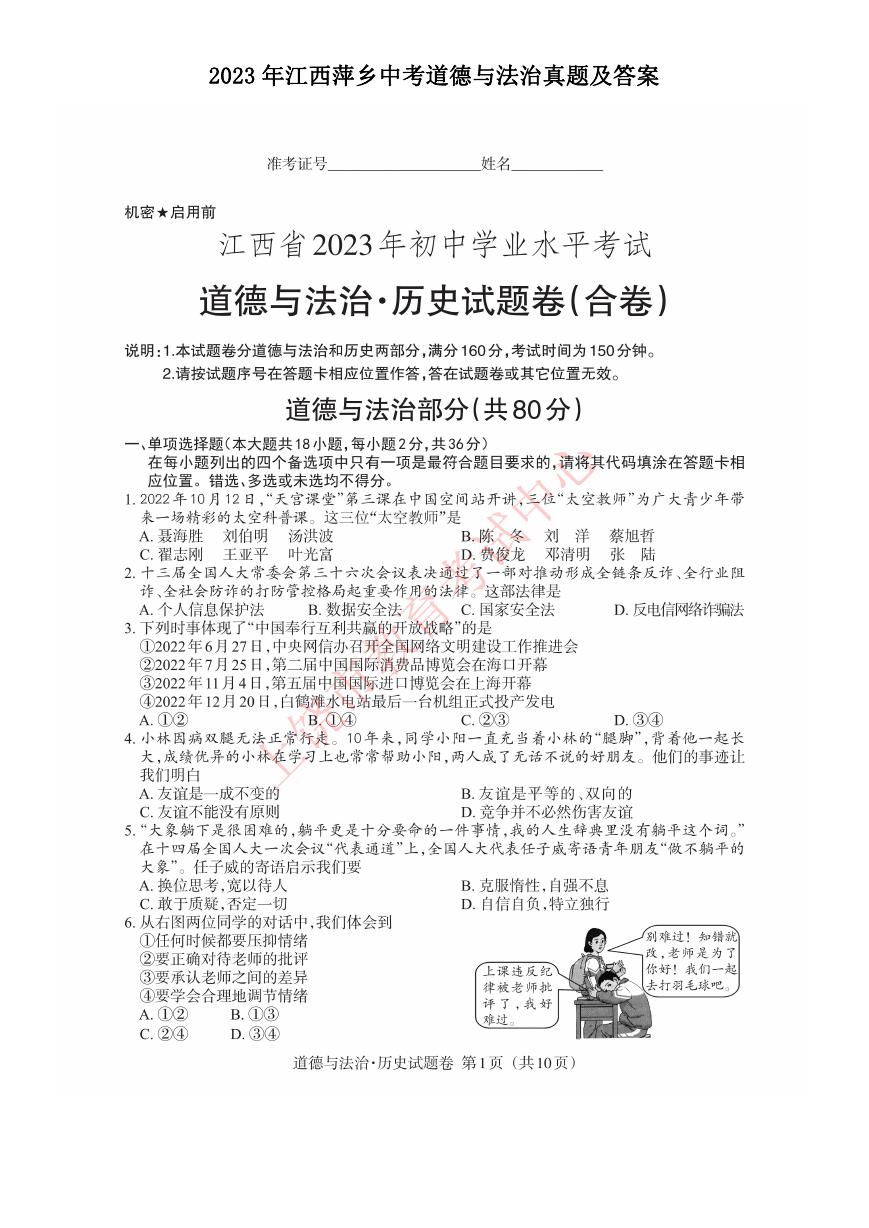 2023年江西萍乡中考道德与法治真题及答案.doc
2023年江西萍乡中考道德与法治真题及答案.doc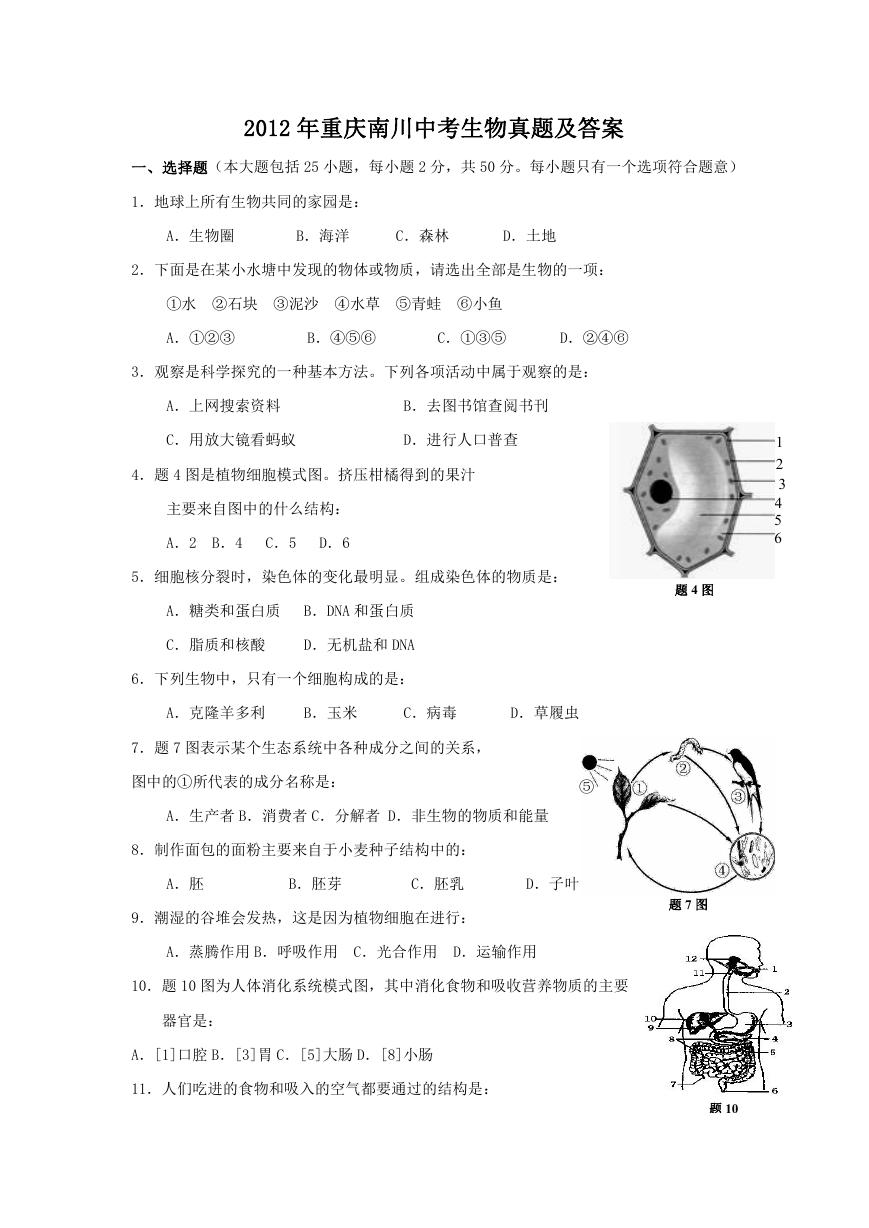 2012年重庆南川中考生物真题及答案.doc
2012年重庆南川中考生物真题及答案.doc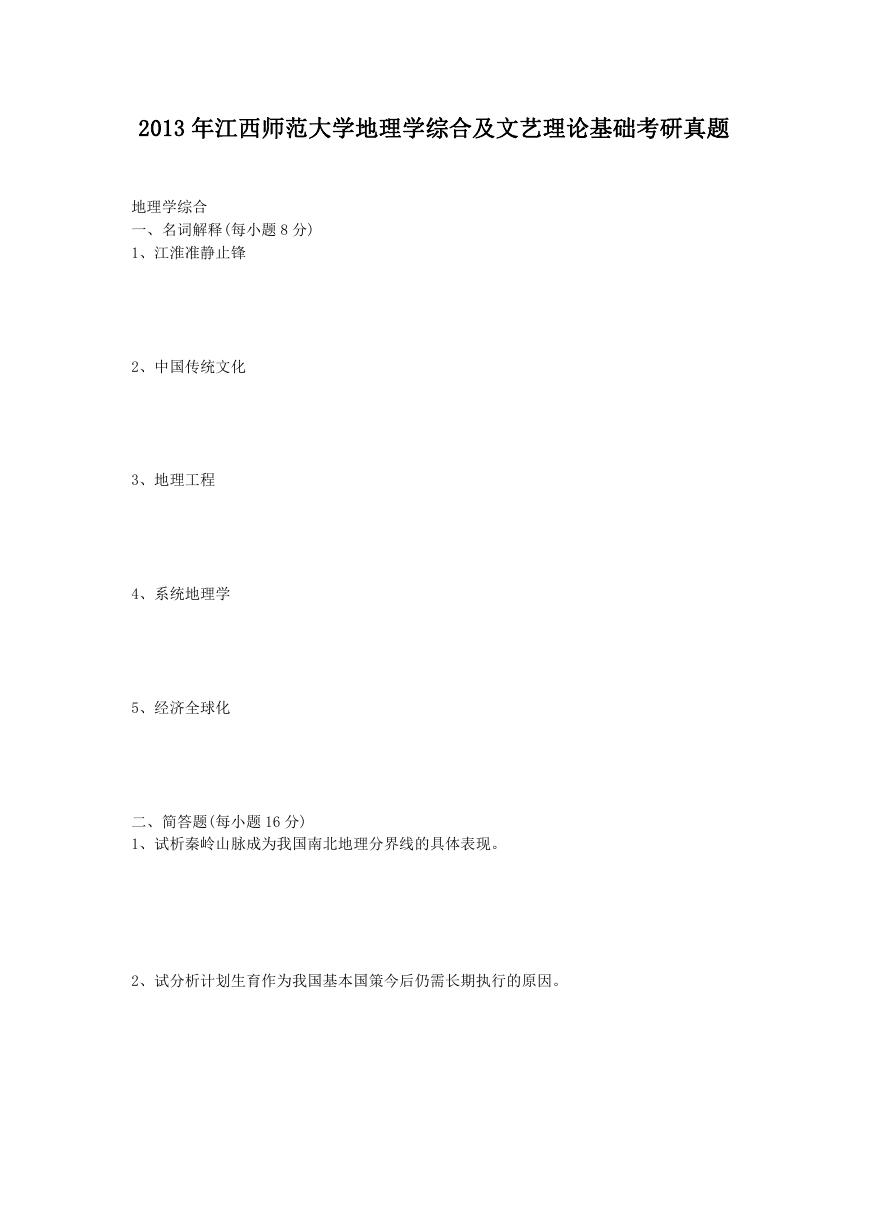 2013年江西师范大学地理学综合及文艺理论基础考研真题.doc
2013年江西师范大学地理学综合及文艺理论基础考研真题.doc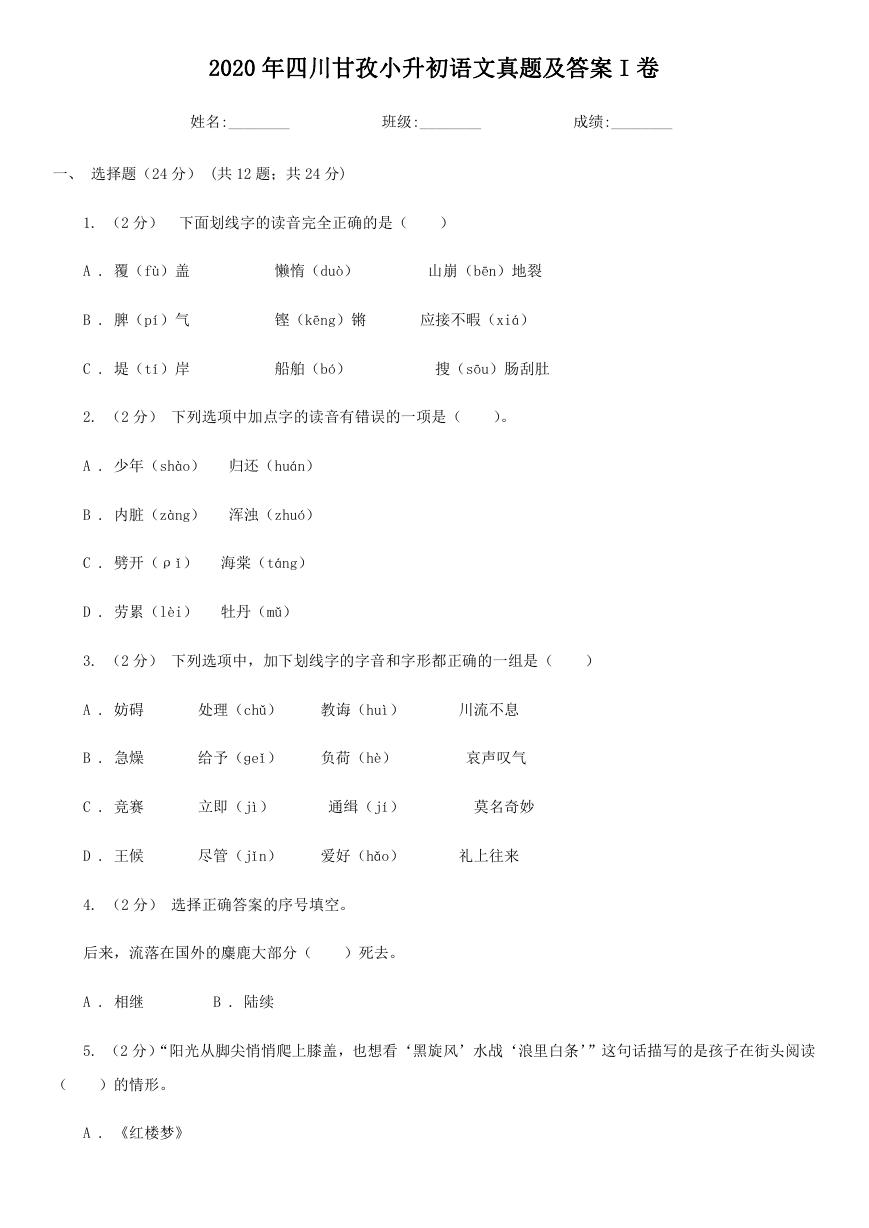 2020年四川甘孜小升初语文真题及答案I卷.doc
2020年四川甘孜小升初语文真题及答案I卷.doc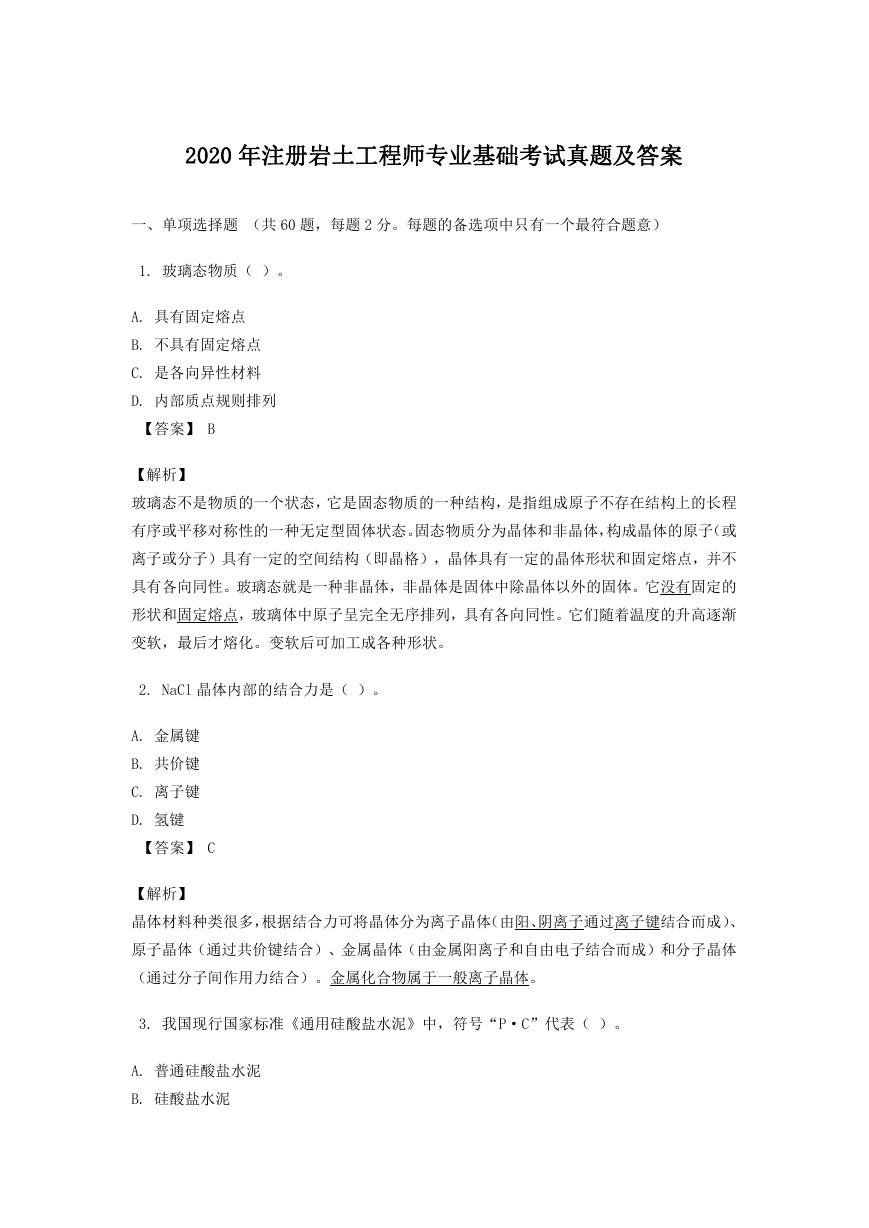 2020年注册岩土工程师专业基础考试真题及答案.doc
2020年注册岩土工程师专业基础考试真题及答案.doc 2023-2024学年福建省厦门市九年级上学期数学月考试题及答案.doc
2023-2024学年福建省厦门市九年级上学期数学月考试题及答案.doc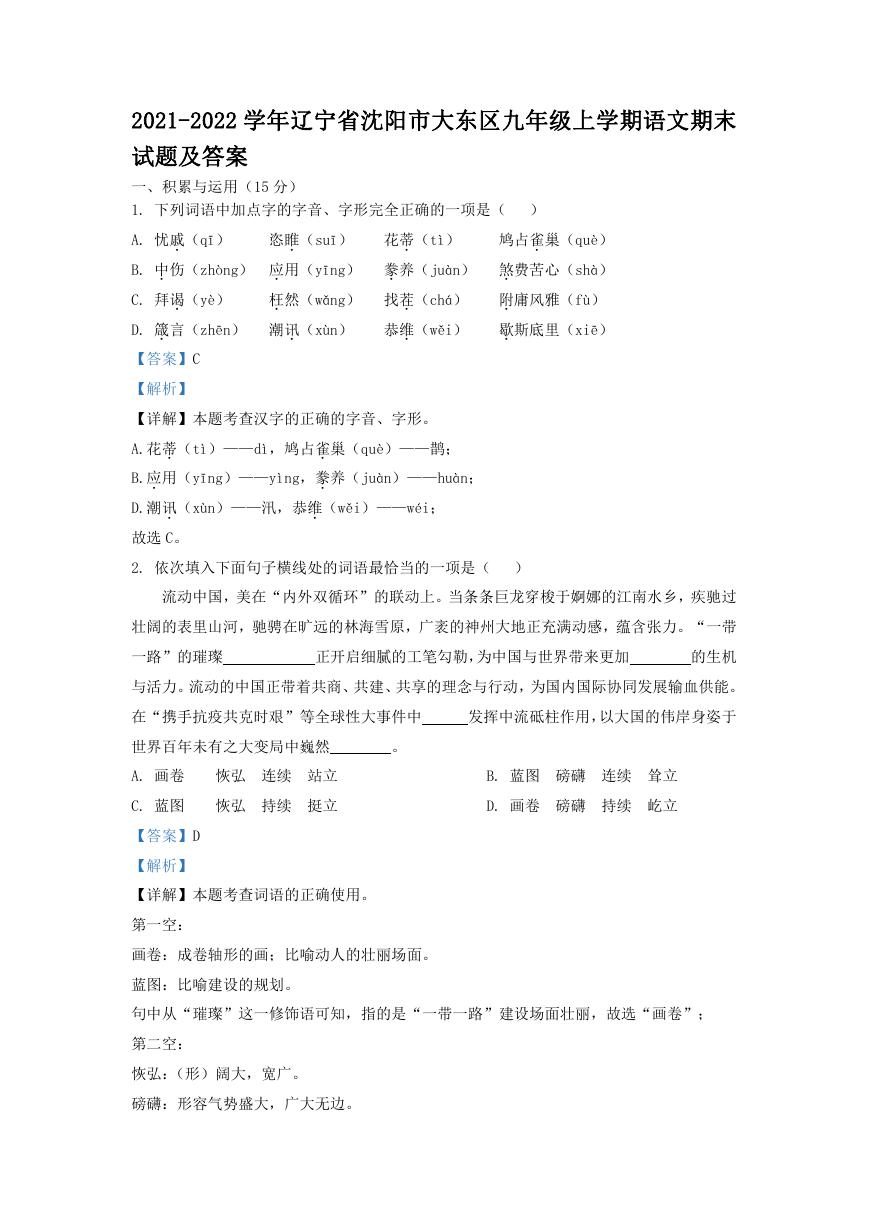 2021-2022学年辽宁省沈阳市大东区九年级上学期语文期末试题及答案.doc
2021-2022学年辽宁省沈阳市大东区九年级上学期语文期末试题及答案.doc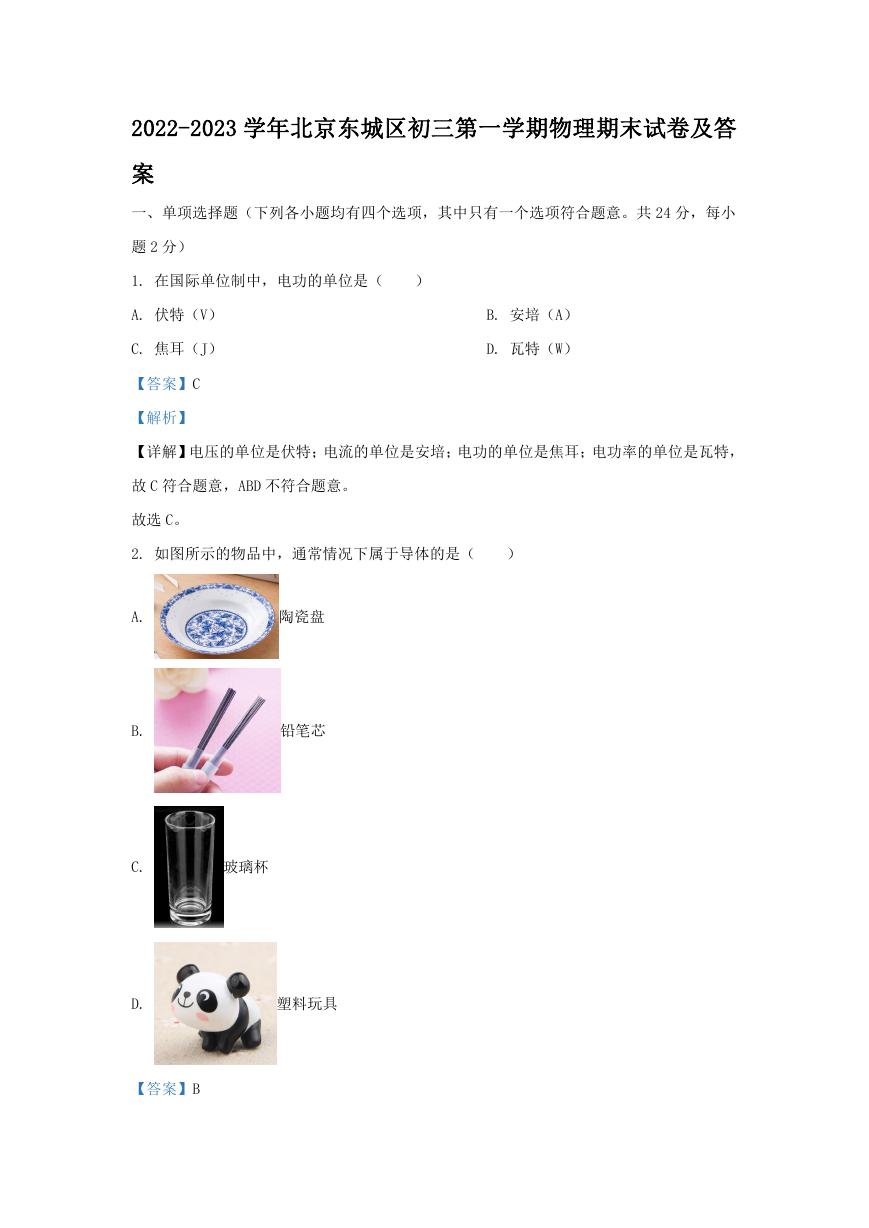 2022-2023学年北京东城区初三第一学期物理期末试卷及答案.doc
2022-2023学年北京东城区初三第一学期物理期末试卷及答案.doc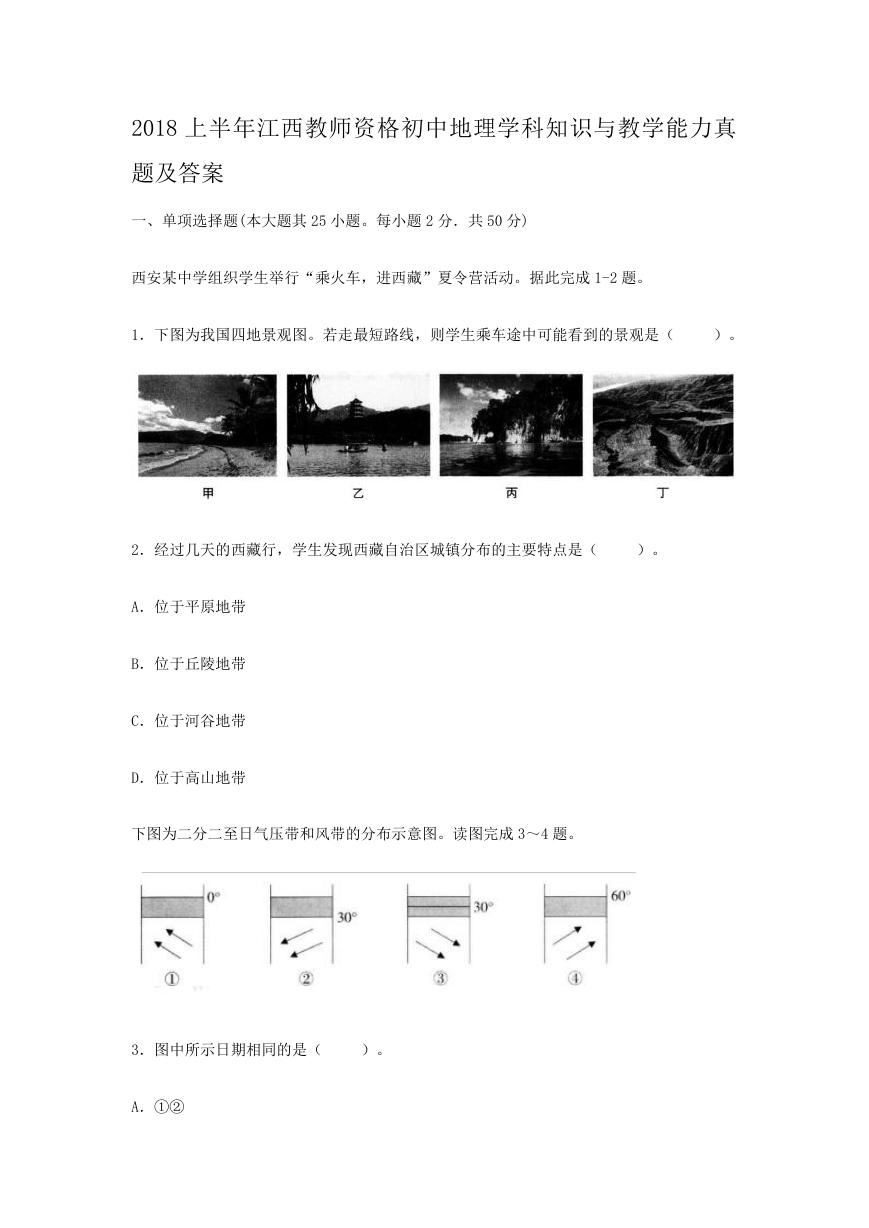 2018上半年江西教师资格初中地理学科知识与教学能力真题及答案.doc
2018上半年江西教师资格初中地理学科知识与教学能力真题及答案.doc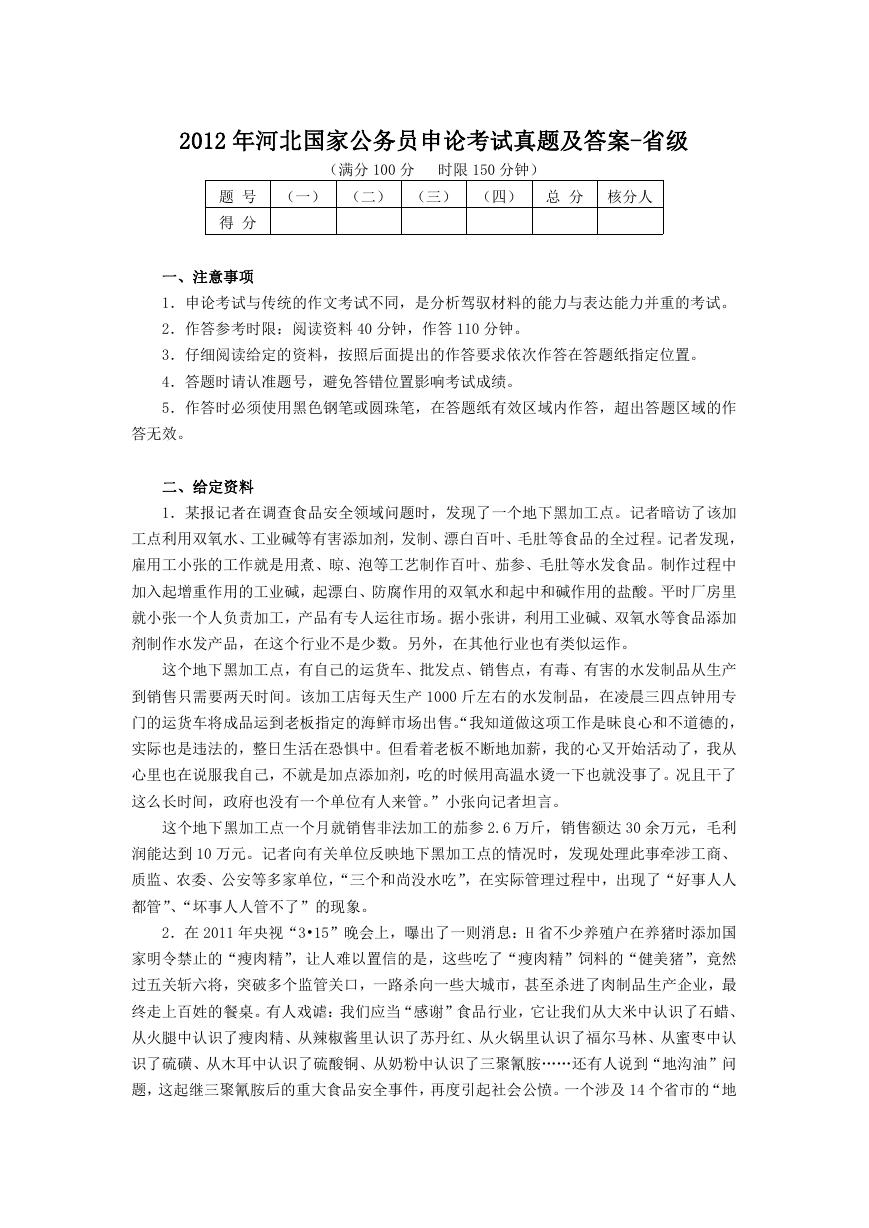 2012年河北国家公务员申论考试真题及答案-省级.doc
2012年河北国家公务员申论考试真题及答案-省级.doc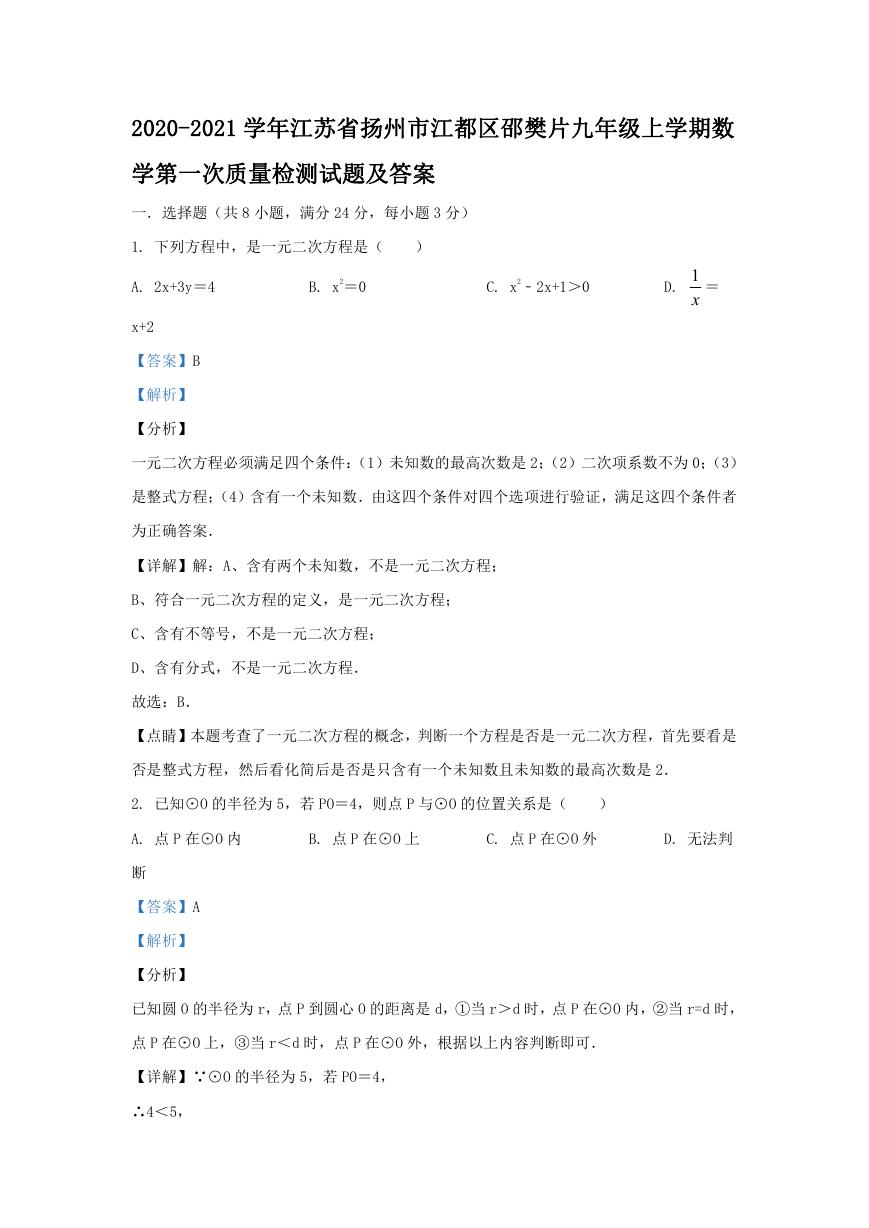 2020-2021学年江苏省扬州市江都区邵樊片九年级上学期数学第一次质量检测试题及答案.doc
2020-2021学年江苏省扬州市江都区邵樊片九年级上学期数学第一次质量检测试题及答案.doc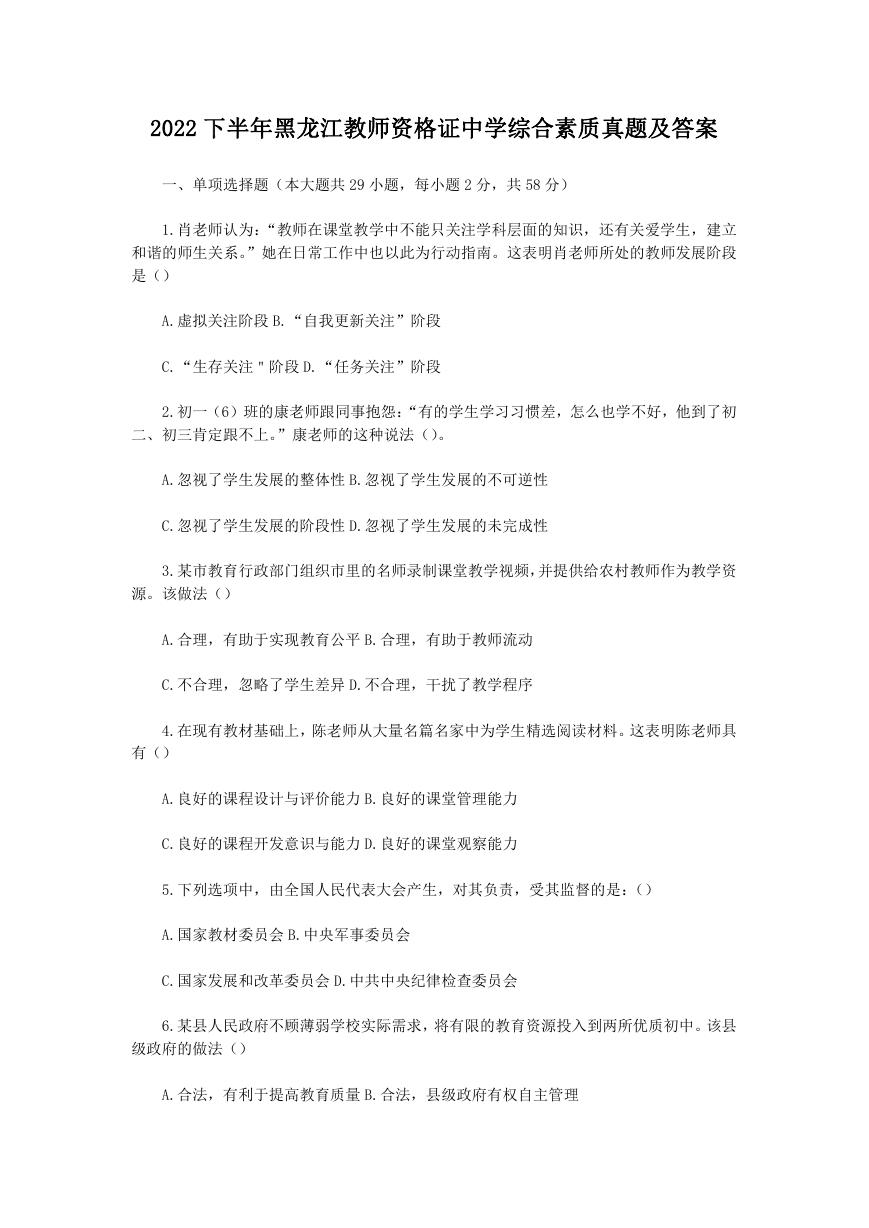 2022下半年黑龙江教师资格证中学综合素质真题及答案.doc
2022下半年黑龙江教师资格证中学综合素质真题及答案.doc